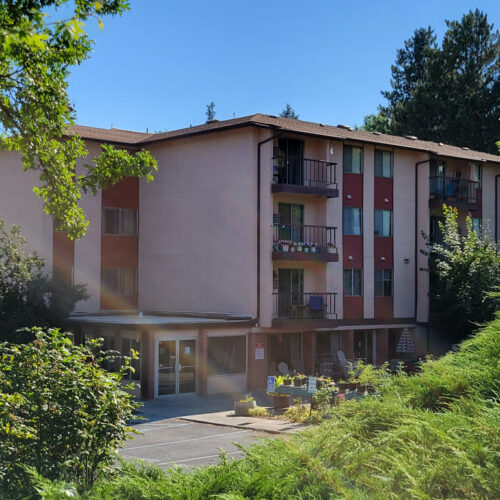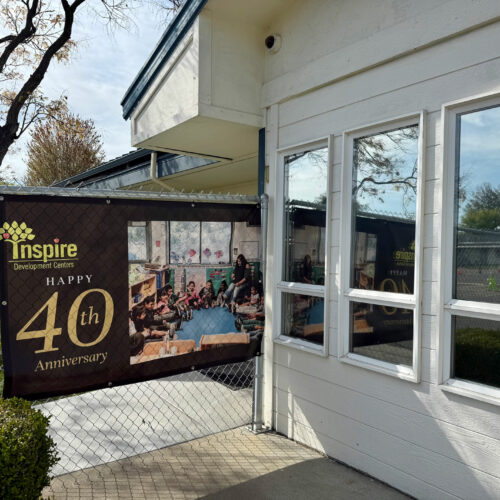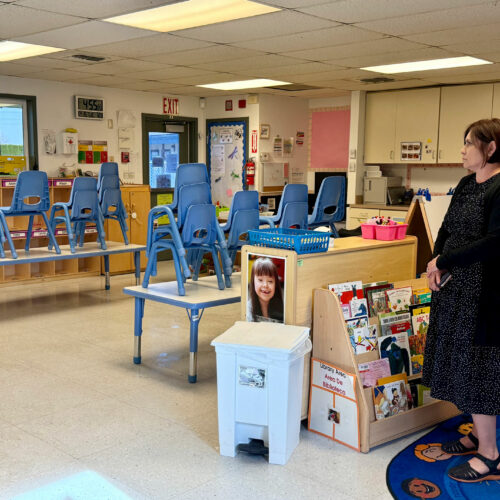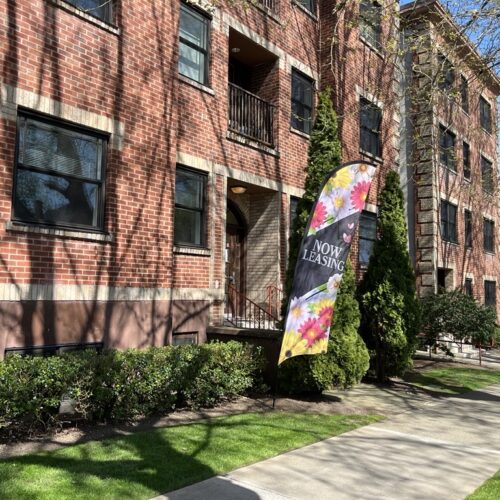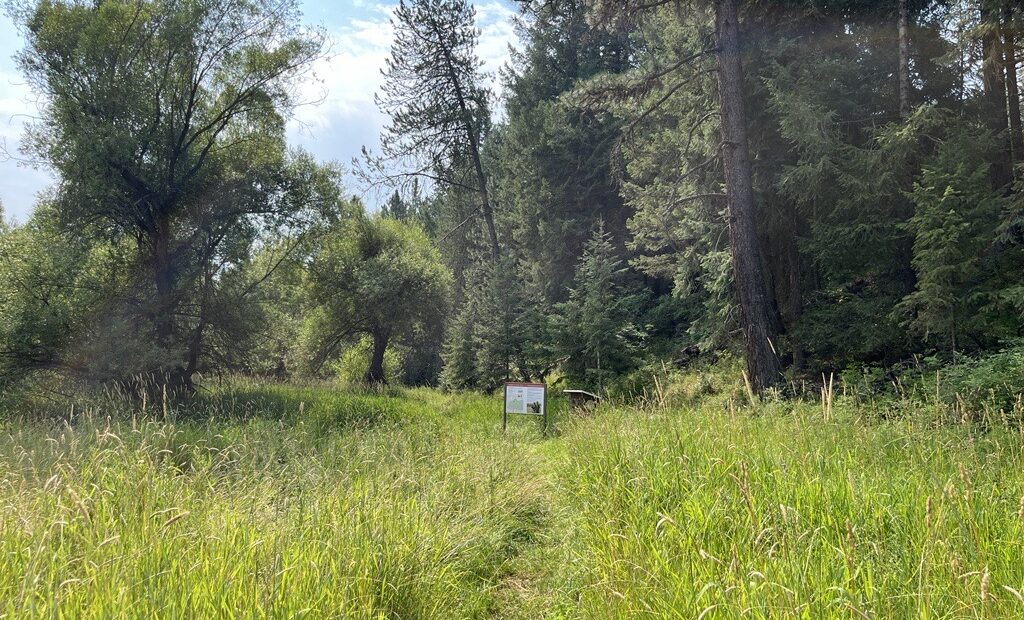
Land trusts are helping with land conservation on the Palouse
Listen
(Runtime 3:45)
Read
There’s a lot of good ways to start off the week on a Monday morning, but none come close to a beautiful hike through tall grass and pines. And in Troy, Idaho, there’s a beautiful conservation easement property known as Judy’s Trail.
Places like these exist because of agreements between landowners and land trusts to protect properties from development.
Ava Nora Cocking is the community lands steward with Palouse Land Trust. The organization is based in Moscow.
“We try to keep the Palouse looking the way that it does, and as beautiful as it can, because that’s what we love about it,” she said.
Judy’s Trail, located in Troy, is named after landowner Judy LaLonde, and is managed by the Palouse Land Trust. These easement properties — like the trail — create spaces for nature and wildlife preserves. It’s a central focus of the organization.
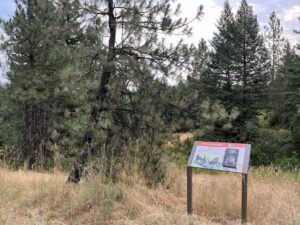
One of the many interpretive signs along Judy’s Trail. (Credit: Phineas Pope / NWPB)
The trust monitors their properties annually. It’s to make sure the terms of the easement are being upheld.
On the hike, Lovina Englund, the land trust’s executive director, points out a large, colorful kiosk the trust manages to help visitors familiarize them with their surroundings.
“(The kiosk) has a map showing where we are, and where the trail is. There are some stars on the map that indicate where we have some interpretive signs,” she said.
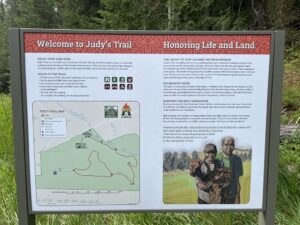
A kiosk at the trailhead provides useful information to visitors. (Credit: Phineas Pope / NWPB)
Judy’s Trail isn’t paved — the tall grass is mowed over, creating a narrow path that leads to tall trees. Englund said it was intentional to feel connected to nature.
“You can just stop and you hear the bird song. And you can just find that respite in being next to a flowing stream and a forest community,” she said.
The trail winds up a hill and ends at a wooden structure. It’s used by visiting schools for field trips.

The outdoor structure used by visiting schools on field trips. (Credit: Phineas Pope / NWPB)
“The tiered steps that you see in front of us are basically the classroom seating for a presentation, where the backdrop is the natural setting of which we’re visiting today,” Englund said.
She said the organization is an outlet of a community vision that started from a grassroots movement. People felt like there was an unmet need for land conservation. Englund feels that now, that need is being met.
“We’re really having an incredible impact and it’s on the shoulders of community members that believe deeply in the mission,” she said.



